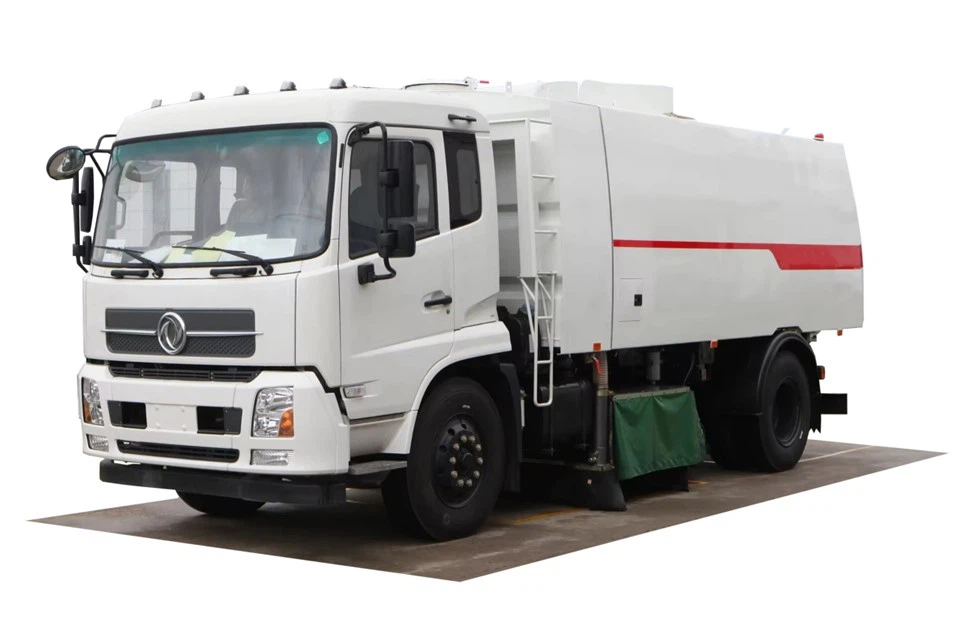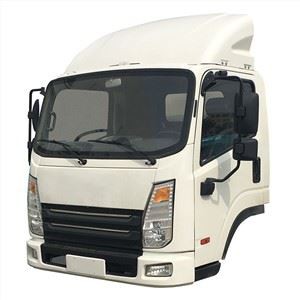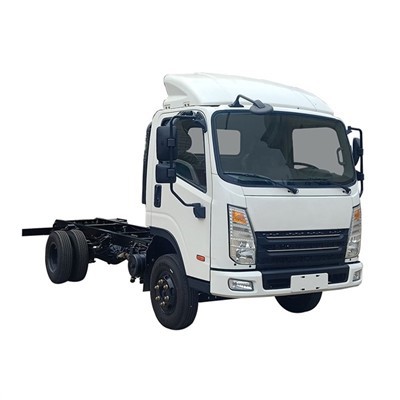Understanding Different Truck Cab Types: A Comprehensive Guide

Introduction
When it comes to trucks, one of the most crucial features that often goes overlooked is the cab type. The truck cab not only influences the comfort and functionality of the vehicle but also determines its suitability for various applications. In this article, we will explore the different truck cab types available in the market, their specific benefits, and how to choose the right one for your needs.
1. What is a Truck Cab?
The truck cab is the compartment where the driver sits, and often where passengers can ride, as well. It houses the vehicle’s controls, instrumentation, and is designed for both comfort and functionality. The type of cab can significantly impact the truck’s capabilities, storage, and driving experience.
2. Types of Truck Cabs

There are several distinct types of truck cabs, each designed for specific needs and preferences. Understanding these can help you make an informed decision when purchasing or modifying a truck.
2.1. Regular Cab
A regular cab features a simple, two-door design that contains a single row of seating for the driver and a passenger. This cab type is ideal for those who require a vehicle primarily for work purposes.
- Pros: Compact size, lightweight, easier to navigate in urban settings.
- Cons: Limited seating capacity and storage space.
2.2. Extended Cab
Extended cabs come with an extra row of seating, often utilizing rear-hinged doors for easy access. This design allows for passengers or additional cargo, making it a versatile choice for families or work crews.
| Pros | Cons |
|---|---|
| Additional seating capacity | Heavier and less fuel-efficient |
| More cargo space | Less creature comfort than a crew cab |
2.3. Crew Cab
Crew cabs offer the most spacious seating arrangement, featuring four full doors and enough room for five or six passengers. This cab type is suitable for families or those who need to transport several coworkers efficiently.
- Pros: Maximum passenger and cargo space, versatile usage.
- Cons: Larger size may make it difficult to park and maneuver.
2.4. Super Cab
Super cabs are similar to extended cabs but come with additional space for passengers. They often have a small rear seat area that is better suited for children or storage than adults.
| Pros | Cons |
|---|---|
| Extra storage options | Limited actual seating for adults |
| Flexibility in configuration | Less spacious than crew cabs |
2.5. Flat Cab
Flat cabs have a design similar to a regular cab but are tailored for larger cargo areas. They are often used for commercial trucks where the emphasis is on cargo capacity rather than passenger comfort.
- Pros: Enhanced cargo space, efficient for hauling goods.
- Cons: Minimal passenger comfort.
3. Choosing the Right Truck Cab Type
Choosing the right truck cab depends on your specific needs, lifestyle, and the primary purpose of the truck. Here are some considerations to keep in mind when selecting a cab type:
3.1. Assessing Your Needs
Before making a decision, evaluate what you primarily use the truck for.
- Do you need to transport passengers regularly, or is cargo capacity more critical?
- How often will you drive in urban versus rural settings?
3.2. Comfort Versus Efficiency
If comfort during long drives is a priority, opt for a crew cab. However, if you’re looking for a more efficient vehicle for city driving, a regular cab might be the better choice.
3.3. Budget Considerations
Consider your budget as truck cab types vary in price, maintenance, and fuel efficiency. Regular cabs generally have lower initial costs compared to larger cabs.
4. Practical Examples of Each Cab Type
To give you a clearer picture of how different cab types perform in real life, let’s take a look at practical examples of popular trucks on the market.
4.1. Regular Cab Example: Ford F-150
The Ford F-150 Regular Cab is ideal for those who need a robust work truck. With its compact size, it provides excellent maneuverability while offering reliable performance and decent fuel efficiency.
4.2. Extended Cab Example: Dodge Ram 1500
The Dodge Ram 1500 Extended Cab allows for additional seating while maintaining a strong focus on work capabilities. It’s a great choice for contractors and tradespeople who need to transport tools and other essentials.
4.3. Crew Cab Example: Chevrolet Silverado 1500
The Chevrolet Silverado 1500 Crew Cab is equipped for both families and businesses, providing ample cabin space and luxury features for long drives.
5. Maintenance Tips for Your Truck Cab
After identifying the right cab type for your truck, maintaining it is crucial for ensuring longevity and optimal performance.
5.1. Regular Cleaning
Regularly clean the interior and exterior of the cab to maintain its appearance and protect against wear and tear.
5.2. Inspect for Wear

Periodically check the upholstery, dashboard, and door panels for signs of damage or excessive wear. Early detection can prevent larger issues.
5.3. Keep the Cabin Comfortable
Consider using seat covers and floor mats to protect against spills and dirt, keeping your cab comfortable and clean.
6. Innovations in Truck Cab Design
Modern technology continues to influence truck cab design, improving comfort and functionality.
6.1. Advanced Infotainment Systems
Many trucks now come equipped with touch-screen interfaces and integration for smartphones, allowing for easier navigation and communication on the road.
6.2. Enhanced Safety Features
Safety technology such as rear-view cameras, blind-spot monitoring, and advanced airbag systems are now common in modern truck cabs, making them safer for users.
6.3. Eco-friendly Options
With a growing focus on sustainability, some manufacturers are exploring eco-friendly materials and features in truck cab designs.
7. The Impact of Cab Type on Truck Performance
The cab type can significantly affect the overall performance of a truck, influencing factors such as fuel efficiency, driving comfort, and vehicle handling.
7.1. Fuel Efficiency
Generally, smaller cab types like the regular cab will provide better fuel efficiency than larger designs due to their lighter weight and aerodynamics.
7.2. Driving Comfort
Larger cab types usually offer better comfort, especially for long trips, which can be a deciding factor for those who spend much time on the road.
7.3. Handling and Maneuverability

Vehicles with a regular cab are typically easier to handle in narrow spaces, making them suitable for urban driving.
8. Frequently Asked Questions (FAQ)
8.1. What is the most common truck cab type?
The most common truck cab types are the regular cab and crew cab, with crew cabs gaining popularity for their versatility.
8.2. Which truck cab type is best for families?
The crew cab is often the best choice for families due to its spacious seating and enhanced comfort features.
8.3. Can I convert my truck to a different cab type?
While it’s technically possible to convert a truck to a different cab type, it can be a complex and expensive process. It’s usually more practical to purchase a truck with the desired cab.
8.4. How does cab type affect resale value?
Crew cabs tend to retain higher resale values due to their increased demand for family and recreational use.
8.5. Are there cab types suited for heavy-duty use?
Flat cabs and regular cabs are often preferred for heavy-duty use, as they maximize cargo capacity and can be tailored for specific commercial purposes.
8.6. Do larger cabs affect towing capacity?
While cab size does not inherently affect towing capacity, the overall weight and configuration of the truck can influence it. Typically, larger trucks may have higher towing ratings.
